Genre: eLearning | Language: English | Size: 627 MB
Cluster analysis is a staple of unsupervised machine learning and data science.
It is very useful for data mining and big data because it automatically finds patterns in the data, without the need for labels, unlike supervised machine learning.
In a real-world environment, you can imagine that a robot or an artificial intelligence won’t always have access to the optimal answer, or maybe there isn’t an optimal correct answer. You’d want that robot to be able to explore the world on its own, and learn things just by looking for patterns.
Do you ever wonder how we get the data that we use in our supervised machine learning algorithms?
We always seem to have a nice CSV or a table, complete with Xs and corresponding Ys.
If you haven’t been involved in acquiring data yourself, you might not have thought about this, but someone has to make this data!
Those “Y”s have to come from somewhere, and a lot of the time that involves manual labor.
Sometimes, you don’t have access to this kind of information or it is infeasible or costly to acquire.
But you still want to have some idea of the structure of the data. If you’re doing data analytics automating pattern recognition in your data would be invaluable.
This is where unsupervised machine learning comes into play.
In this course we are first going to talk about clustering. This is where instead of training on labels, we try to create our own labels! We’ll do this by grouping together data that looks alike.
In this course, you will learn how to build the k-means clustering algorithm.
Prerequisites:
Basic math
Basic Python coding
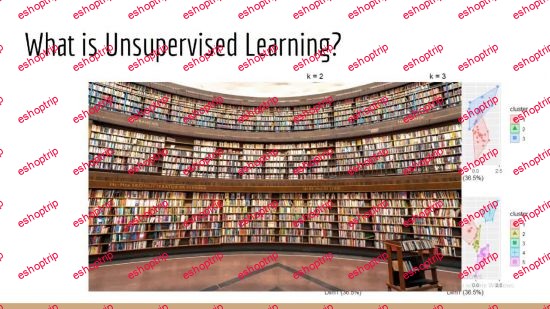

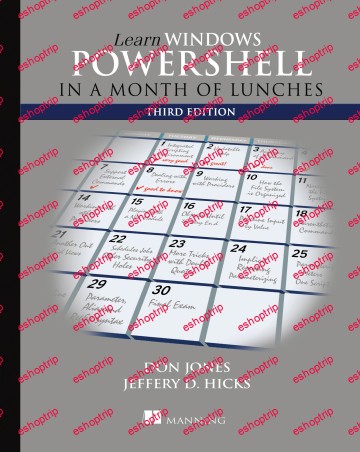


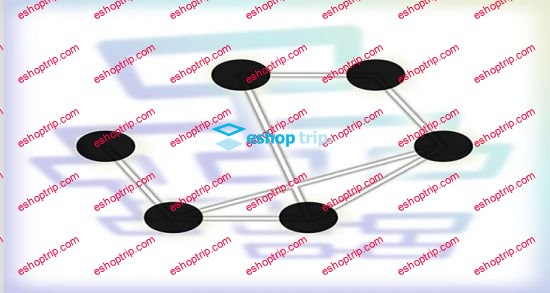
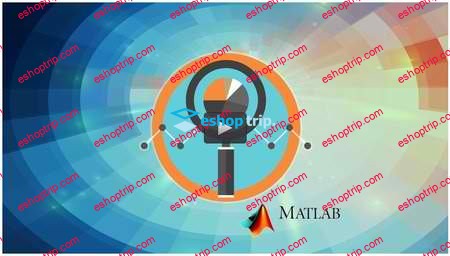

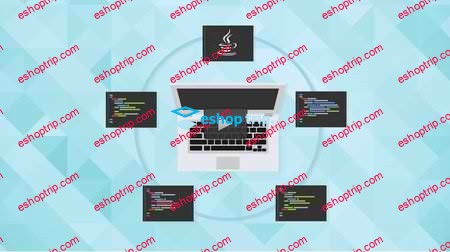

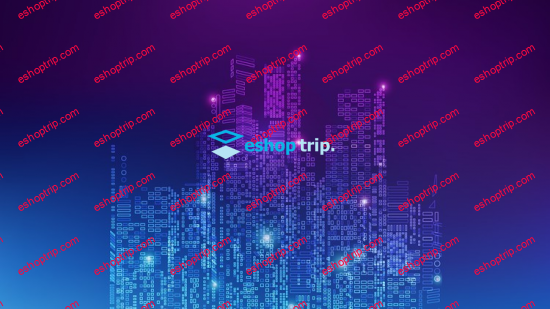
Reviews
There are no reviews yet.